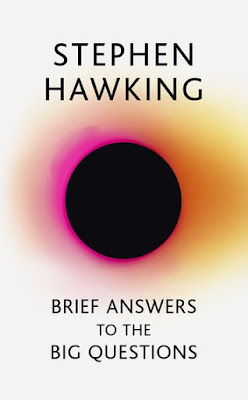

- Our journey begins within an expanding universe.
- This aspect is vital to understanding how it works.
- It started expanding very soon after that huge explosion mentioned earlier, - , the Big Bang which is on our itinerary.
- The eventual demise of the universe is thought to include the possibility that the universe may contract.
- Another vital aspect to comprehend is the sheer number of space objects included in billions of galaxies (collections of stars).
- Billions upon billions of stars in each galaxy (such as our Milky Way) are all within the process of birth, development and demise. 1 here

Thinktank, Birmingham Science Museum
Millennium Point
Birmingham
B4 7XG
For Sat Nav use postcode B4 7AP.


- Sir Isaac Newton ... lived from 1642-1727.
- The legend is that Newton discovered Gravity when he saw a falling apple while thinking about the forces of nature.
- Whatever really happened, Newton realized that some force must be acting on falling objects like apples because otherwise they would not start moving from rest. #
- Newton also realized that the moon would fly off away from Earth in a straight line . ....
- Newton called this force "gravity" and determined that gravitational forces exist between all objects. e g balloon & pencil
- source
- Light travels extremely quickly. Its maximum speed is approximately 300,000,000 metres/second, when it travels through a vacuum. 186,282 miles per second source
- The very large difference between the speed of light in air ... and the speed of sound in air (343 miles/s) explains why you:
- see lightning before you hear it, ... see a distant door slam before you hear it - source
- Light is immensely complicated (do I hear "It's all immensely complicated!" Anything to with space is complicated which is why Newton, Einstein and Hawking have all been in the limelight.


However, it was difficult to observe the Local Void since it is located behind the center of the Milky Way from our perspective here on Earth.


Using a star chart you may be able to locate the Milky Way near Virgo.
The Local Void was discovered in 1987 by Brent Tully, an astronomer at the University of Hawaii ... and Richard Fisher, an astrophysicist at the National Radio Astronomy Observatory in Charlottesville, Virginia. The pair noted that while the Milky Way is surrounded by other galaxies and cosmic structures, our galaxy also sits at the edge of a large, empty region.
However, it was difficult to observe the Local Void since it is located behind the center of the Milky Way from our perspective here on Earth.


